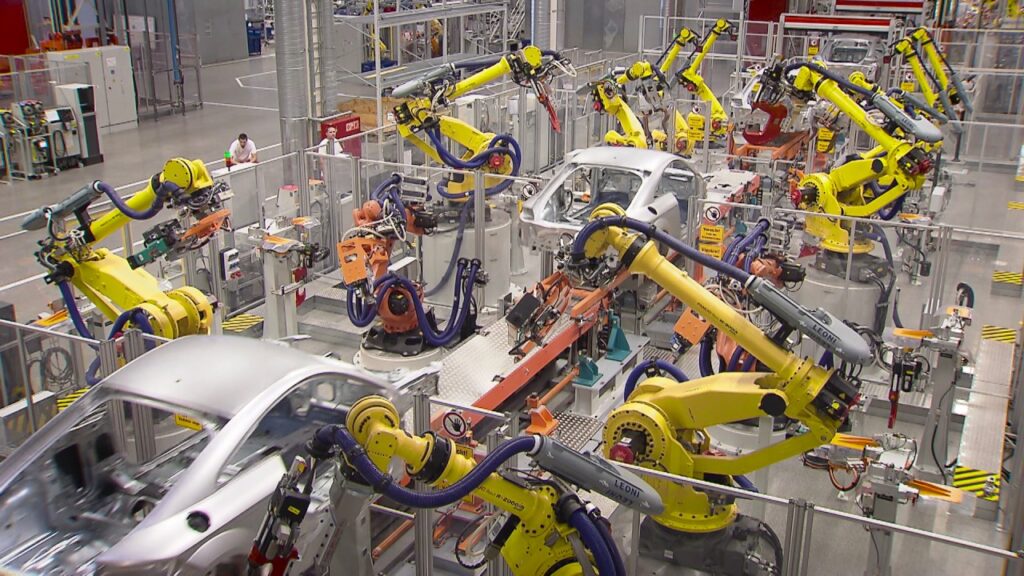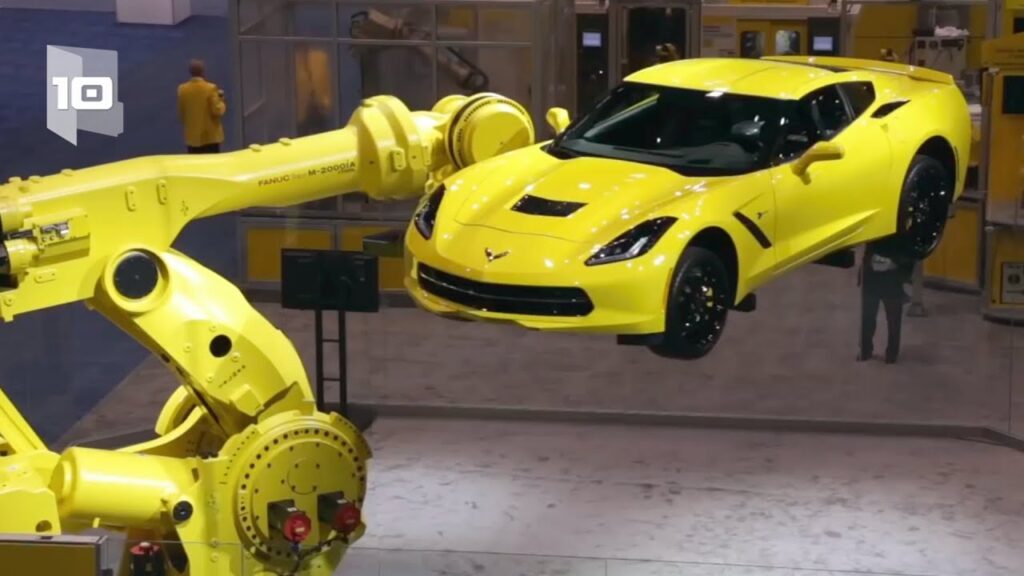Since the invention of robots, they have become an integral part of industrial applications. These machines have revolutionized the way we work and have enhanced productivity in various industries. With advancements in technology, we now have different types of robots that are specifically designed for specific tasks. In this article, we will explore the differences between two popular types of robots – COBOTS and ROBOTS.
Industrial Robots Applications have seen a significant rise in recent years. These robots are designed to perform repetitive tasks with high precision and accuracy. They are widely used in manufacturing industries such as automotive, electronics, and food processing. The main advantage of industrial robots is their ability to work continuously without getting tired, thus increasing productivity and efficiency.
But what distinguishes a COBOT from a ROBOT? Let’s delve into the details and find out.
COBOT, or collaborative robot, is a type of robot that is designed to work alongside humans. Unlike traditional robots, COBOTS are built with safety features that allow them to work in close proximity to humans without causing harm. These robots are equipped with sensors and cameras that enable them to detect humans and adjust their movements accordingly. COBOTS are known for their flexibility and agility, making them ideal for tasks that require human-like dexterity.
On the other hand, traditional robots, also known as ROBOTS, are designed to work in isolation, away from humans. These robots are typically large, heavy, and powerful, making them suitable for heavy-duty tasks such as lifting heavy objects or welding. Unlike COBOTS, traditional robots do not have safety features that enable them to work alongside humans. They are usually confined to cages or designated areas to ensure the safety of human workers.
So, what are the applications of these two types of robots? Let’s take a closer look.
COBOTS are widely used in industries where human-robot collaboration is essential. For example, in the automotive industry, COBOTS are used for tasks such as assembly, painting, and quality control. These robots can work alongside human workers, assisting them in their tasks and reducing the risk of repetitive strain injuries. In the healthcare industry, COBOTS are used for tasks such as patient care, medication delivery, and surgery assistance. These robots are designed to work with healthcare professionals, ensuring efficiency and accuracy in medical procedures.
On the other hand, traditional robots are used in industries that require heavy-duty tasks. In the manufacturing industry, traditional robots are used for tasks such as welding, material handling, and assembly. These robots are specifically designed to perform tasks that are too dangerous or physically demanding for human workers. In the construction industry, traditional robots are used for tasks such as bricklaying, concrete pouring, and demolition. These robots can work in extreme conditions and complete tasks much faster than human workers.
In summary, COBOTS and ROBOTS are two different types of robots that have distinct applications in various industries. COBOTS are designed for human-robot collaboration and are equipped with safety features that enable them to work alongside humans. They are flexible, agile, and ideal for tasks that require human-like dexterity. On the other hand, traditional robots are used for heavy-duty tasks and are designed to work in isolation. They are powerful, precise, and efficient in tasks that are too dangerous or physically demanding for human workers.
As technology continues to advance, we can expect further developments in the field of robotics. The integration of artificial intelligence and machine learning will enable robots to become more intelligent and adaptable. This will open up new possibilities for industrial applications and revolutionize the way we work.
In conclusion, industrial robots have transformed the way we work, increasing productivity, efficiency, and safety in various industries. Whether it’s a COBOT or a traditional robot, these machines have become indispensable in today’s world. As we move forward, it’s essential to embrace and leverage the power of robotics to drive innovation and advancement in industrial applications.
Industrial Robot
Understanding the Distinction: COBOT vs. ROBOT and Industrial Robot Applications Explained


